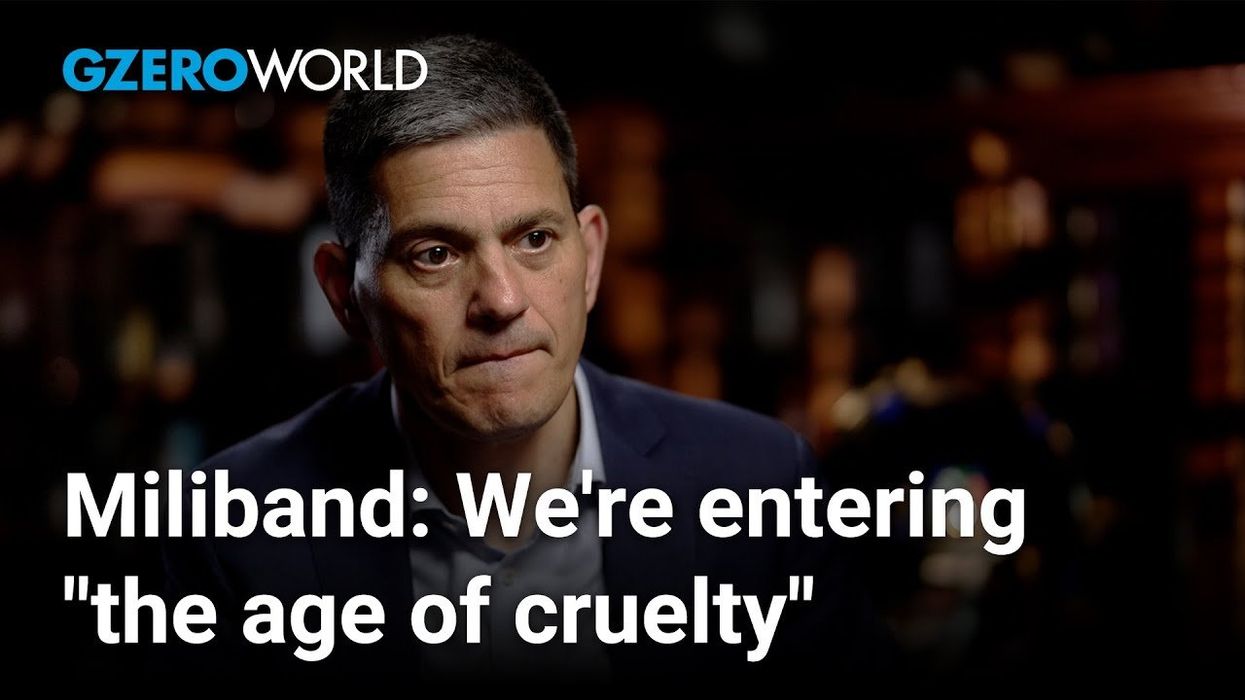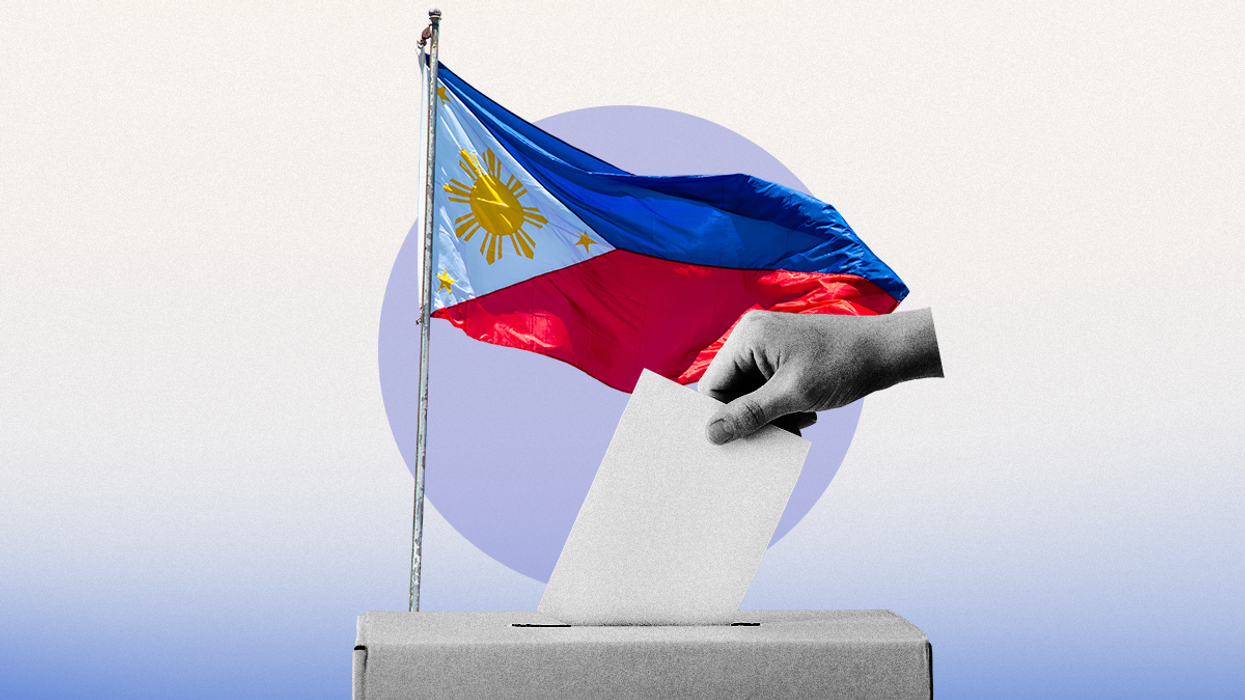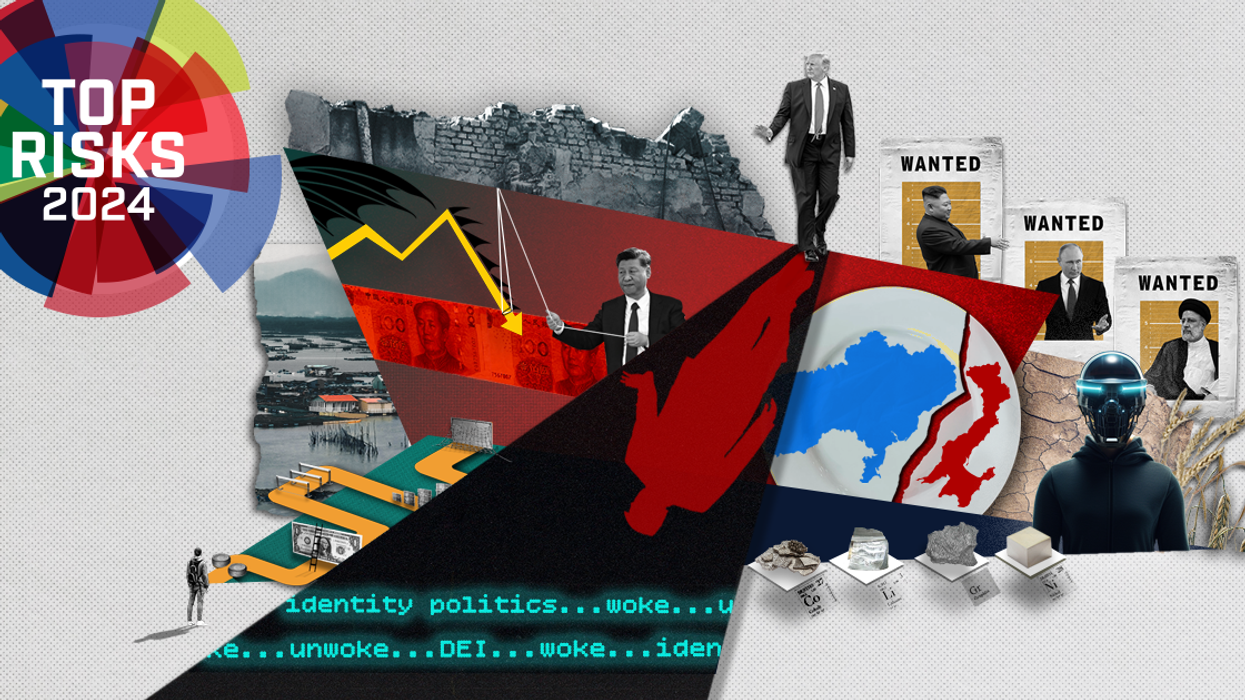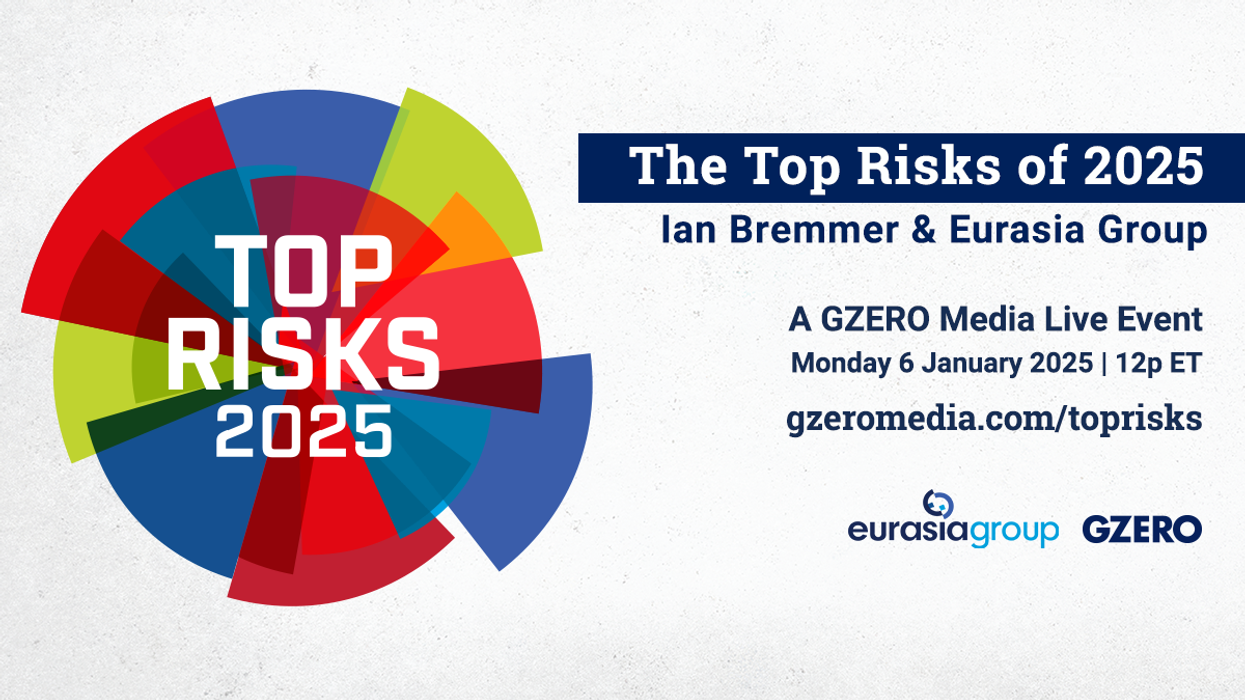Global Stage
Government shutdown and trade tensions test US economy
As the US economy continues to defy expectations, Eurasia Group Managing Director of Global Macro Robert Kahn says the key question is whether a slowdown has been avoided or merely delayed. “The headline here is the impressive resilience of the US, maybe also the global economy over the last six months,” Kahn tells GZERO Media’s Tony Maciulis on the sidelines of the 2025 World Bank–IMF Annual Meetings.
Oct 16, 2025










